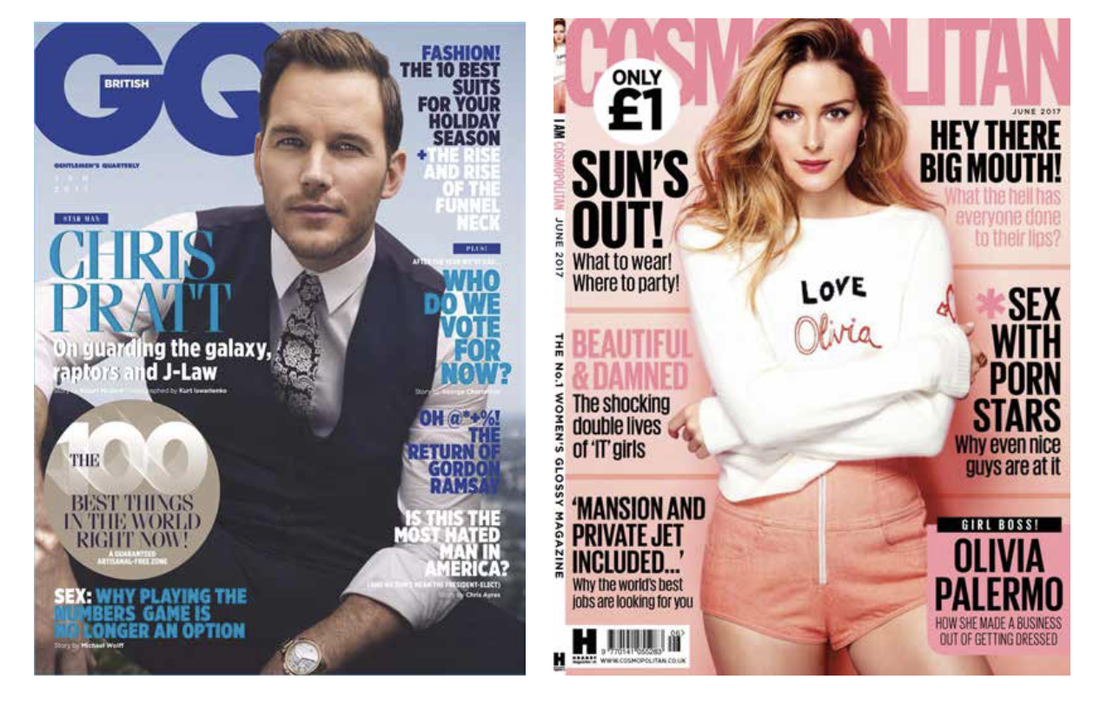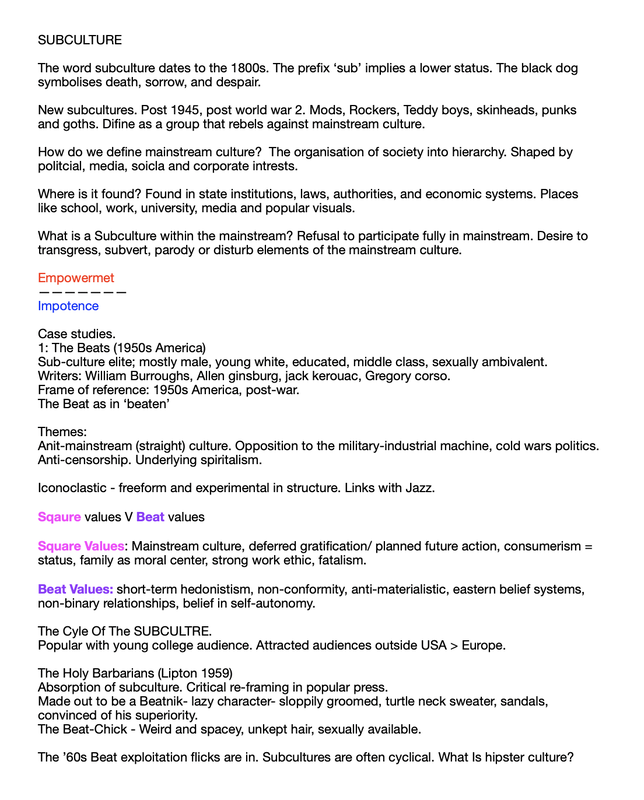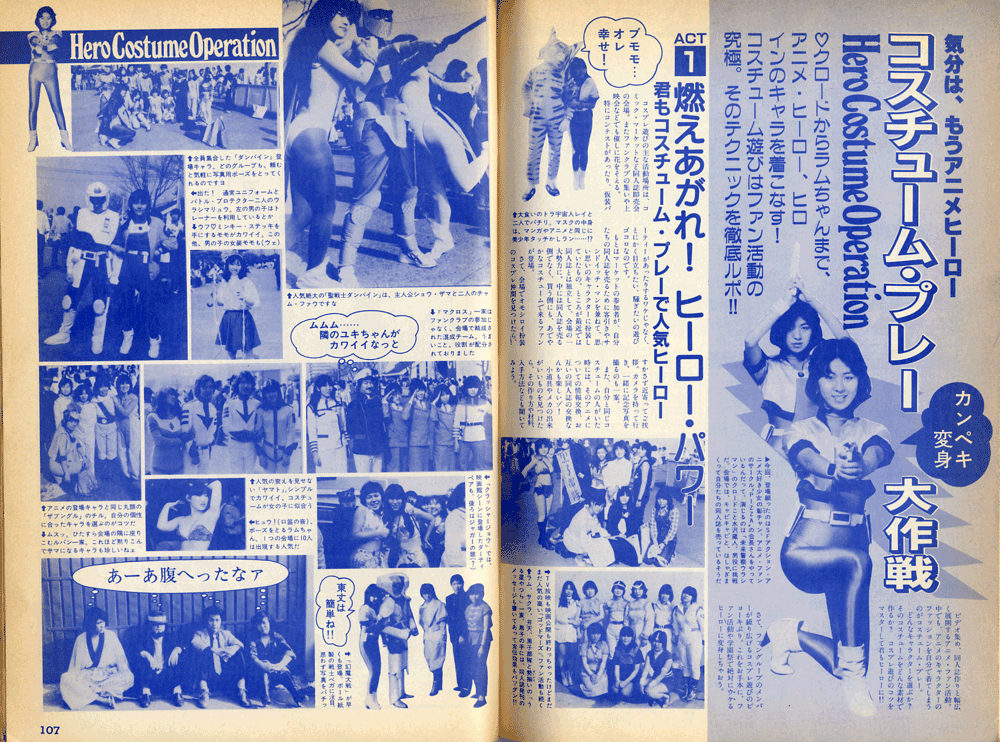What is Gender?
Style MagazinesThemes:
A Review of Laura Mulvey’s Essay – Visual Pleasure & Narrative Cinema.Mulvey argues that mainstream cinema is structured around a male gaze, wherein women are objectified for male pleasure. The camera often adopts a heterosexual male perspective, positioning women as spectacles rather than active participants in the narrative. She introduces two concepts: scopophilia, which refers to the pleasure derived from looking, and narcissistic identification, where male viewers identify with the male protagonist, who controls the narrative and desires the female character.
In her essay, Mulvey discusses the dynamic of women being passive and men being active. In Hollywood cinema, men drive the plot, while women primarily exist to be looked at, reinforcing traditional gender roles. Women serve two main functions in film: as erotic objects for characters within the story or as objects of desire for the audience watching the film. Drawing on Freud and Lacan's psychoanalysis, she suggests that men view women as a castration threat (as they possess the phallus). To cope with this anxiety, cinema either idealizes the female body, turning it into an untouchable beauty, or punishes her through narratives where women suffer or are controlled.
0 Comments
what is a subculture?A subculture is a smaller cultural group within a larger society, characterized by shared interests, values, or lifestyles that set it apart from the dominant culture. These groups often develop their own identity through distinct behaviors, beliefs, and expressions that differentiate them from mainstream society. (Hebdige, 1979) Reference - Hebdige, D. (1979 p. 101) Subculture: The meaning of style. London: Routledge. COSPLAYThe Cosplay SubcultureCosplay is a global hobby where people dress up as characters from anime, manga, video games, movies, and comic books. While the tradition of dressing up at conventions began in the United States in the late 1930s, the term “cosplay” itself wasn’t coined until 1984 by Japanese journalist Nobuyuki Takahashi, who came across the phenomenon at the World Science Fiction Convention in Los Angeles. In Japan, the cosplay culture had already started to take shape in the 1970s. One notable event was the "Big Manga Parade" in 1977, organized by Tokyo Big6 University. As the Comic Market (Comike) moved to Harumi from 1981 to 1983, cosplay began to grow further, with participants dressing as characters from popular anime such as Lupin the Third and Urusei Yatsura. These events helped to establish cosplay as the global phenomenon it is today. Cosplay offers an escape from the norms of mainstream society. It provides a way for individuals to explore and express their identities in ways that may not be possible in their everyday lives. Cosplay allows for freedom of gender expression, creativity, and the opportunity to step into the shoes of powerful, idealized, or even magical characters. Like other subcultures, cosplay has its own set of norms, practices, and rituals that members adhere to. These include attending conventions, participating in cosplay competitions, and engaging in cosplay photography. Online platforms such as Instagram, TikTok, and Reddit further support cosplay culture by allowing people to connect globally, share photos, and exchange tips on costume-making.
|
Archives
March 2025
Categories |
Site powered by Weebly. Managed by 34SP.com











 RSS Feed
RSS Feed